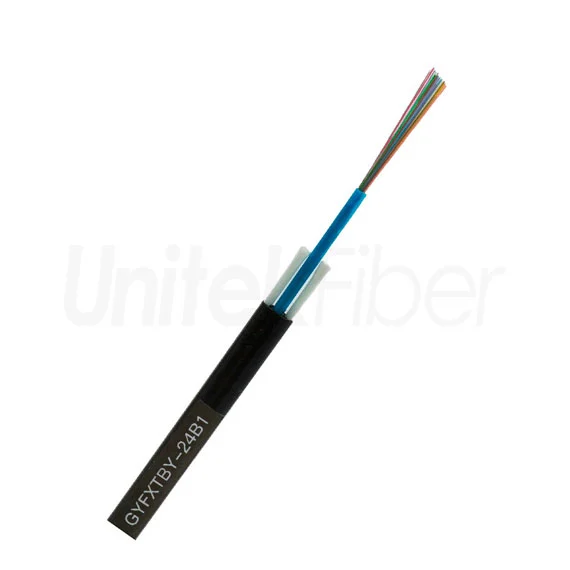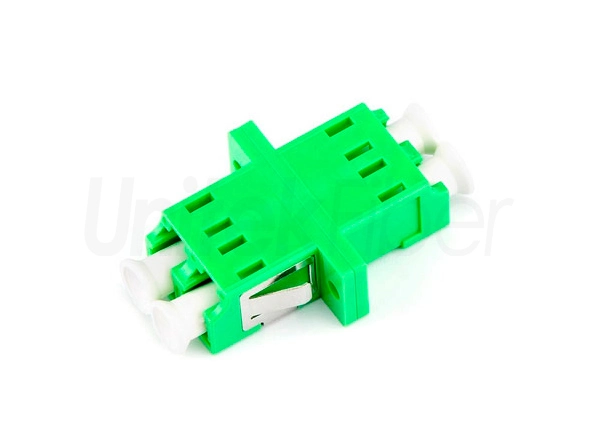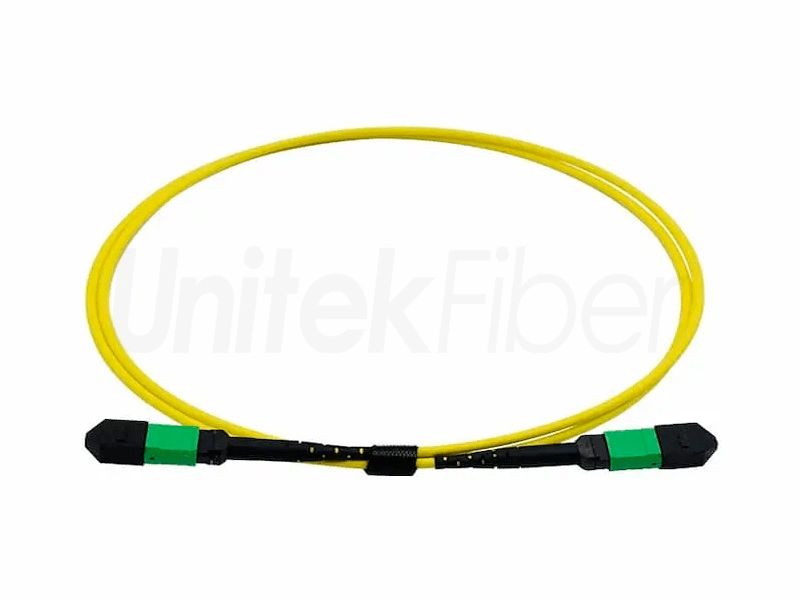
With the surge in data traffic, various emerging services and applications continue to emerge, and the demand for high bandwidth and high speed in data centers has grown rapidly. It is against this background that OM5 fiber is approved as a new multimode fiber (MMF) for high-speed data center applications. At the same time, the closely related OM5 fiber optic jumper has also started to attract widespread attention in the industry. So, what is the popular OM5 fiber jumper? What is the difference between it and the previous OM3 / OM4 fiber jumper?
What is OM5 fiber jumper?
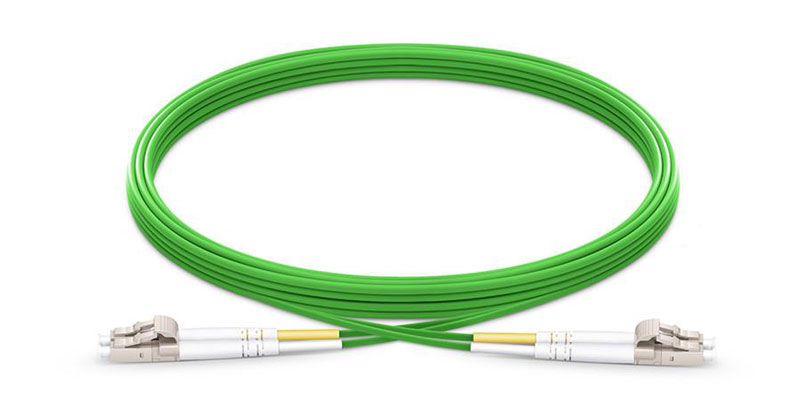
Fiber optic jumper is used as a jumper from the device to the fiber optic cabling link. It has a thick protective layer, which is generally used in the connection between the optical transceiver and the terminal box, and is used in some fields such as optical fiber communication systems, optical fiber access networks, optical fiber data transmission, and local area networks. With the continuous increase in data center requirements for transmission rates, OM5 fiber jumpers have begun to be used more and more.
In the beginning, OM5 fiber jumper was called Broadband Multimode Fiber Jumper (WBMMF). It is a new standard for fiber jumper defined by TIA and IEC. The fiber diameter is 50 / 125μm. Compared with other OM3 and OM4 fiber jumpers, OM5 fiber jumpers can be used for higher bandwidth applications. Because the optical fiber preform manufacturing process of OM5 optical fiber jumper has been significantly optimized, it can support higher bandwidth.
In terms of structure, it is not significantly different from OM3 and OM4 fiber jumpers, so it can be fully backward compatible with traditional OM3 and OM4 multimode fiber jumpers. In February 2017, the TIA explicitly stipulated that the identification color of OM5 fiber jumpers is water green, and the outer jacket colors of OM3 and OM4 fiber jumpers are lake blue and purple, respectively, and OM3 and OM4 fiber jumpers can still be used with OM5. The only difference is that the color of the outer sheath needs to be changed in order to easily identify the OM5 connection.
Three core advantages of OM5 fiber jumper
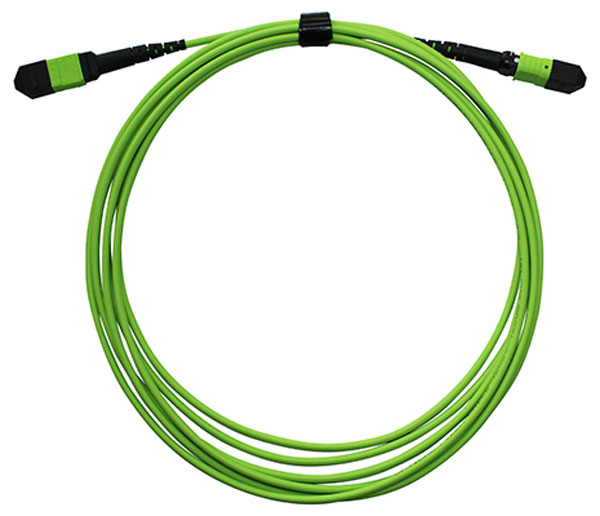
OM5 fiber jumper has three core advantages. First of all, its first advantage is its strong scalability. The OM5 fiber patch cord can combine short-wavelength wavelength division multiplexing (SWDM) and parallel transmission technology, and only requires 8-core broadband multimode fiber (WBMMF). It can support 200 / 400G Ethernet applications, and the potential for future applications is huge.
The second advantage is that the use of OM5 fiber optic jumpers can effectively reduce construction and operating costs. OM5 fiber jumper borrows the wavelength division multiplexing (WDM) technology of single-mode fiber and extends the available wavelength range during network transmission. It can support 4 wavelengths on 1-core multimode fiber. This greatly reduces the cost of network wiring and is one of the fundamental reasons for its widespread acceptance.
The third advantage is that the OM5 fiber jumper has obvious advantages in compatibility and interoperability, and can support traditional applications like the OM3 fiber jumper and OM4 fiber jumper. In addition, it is fully compatible with traditional OM3 and OM4 fiber jumpers, and they are extremely interoperable.
Meeting high-speed data center transmission needs
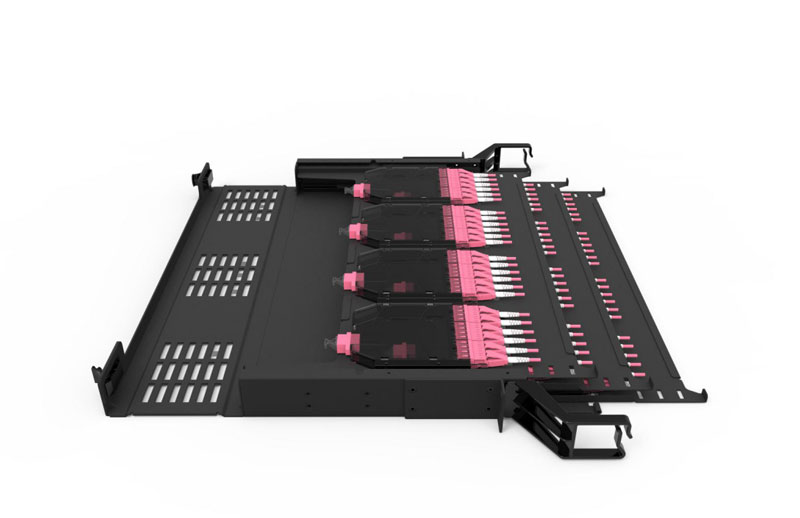
OM5 fiber optic jumper gives strong vitality to very large data centers. It breaks through the bottleneck of parallel transmission technology and low transmission rate used in traditional multimode fiber. Not only can it use fewer multi-mode fiber cores to support higher-speed network transmission, but also because it uses a lower-cost short-wavelength, the cost and power consumption of optical modules will be much lower than single-mode with long-wave laser sources optical fiber. Therefore, with the continuous improvement of the transmission rate requirements, OM5 fiber optic jumpers will have broad application prospects in the future 100G / 400G / 1T ultra-large data centers.
Take the first generation of future 400G Ethernet fiber cabling as an example, a total of 16 cores of optical fiber are needed to send signals, and 16 cores of optical fiber are used to receive signals, and a total of 32 cores of fiber multimode fiber are required. Wiring system for core MPO / MTP interface. Therefore, high cabling costs will inevitably put tremendous pressure on data center operators.
If OM5 fiber jumper and short wavelength division multiplexed optical module are used, only 8-core multimode fiber is required, of which 4 core fiber is used to send signals, and another 4 core fiber is used to receive signals, and each fiber transmits 4 Each wavelength has a transmission rate of 25Gbps, so each core fiber of the OM5 fiber jumper can transmit 100Gbps data. By using this technology of short wavelength division multiplexing plus parallel transmission, the wiring cost of the data center will be greatly reduced. It is believed that OM5 fiber optic patch cables will be widely used in the near future.

